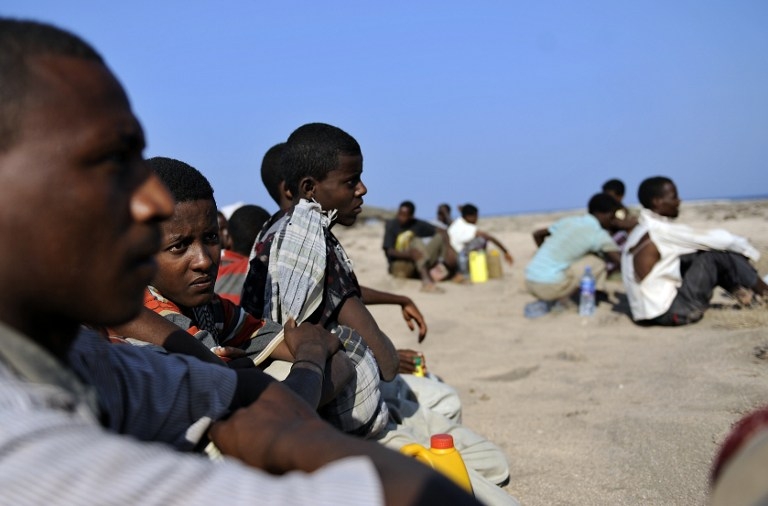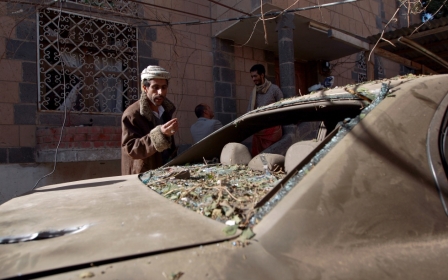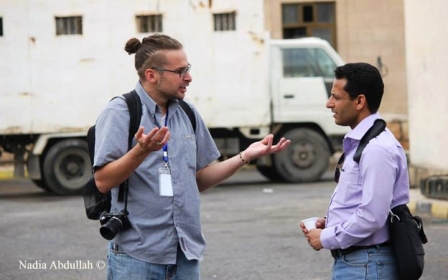20 Ethiopian migrants drown in shipwreck off Yemen coast

High winds and rough seas sank a boat carrying a group of Ethiopian migrants across the Red Sea to Yemen late on Sunday, Yemen’s Interior Ministry said.
“A boat full of migrants capsized in stormy waters,” a Yemeni interior ministry official told Middle East Eye on Monday. “There were seventy-two people on board. At least 20 drowned.”
In the past five years, more than half a million people – mostly Eritreans, Ethiopians and Somalis fleeing drought and dismal economic conditions – have reached Yemen via the Gulf of Aden and the Red Sea.
Tens of thousands of Ethiopians, lured by the promise of a better life in wealthy oil-rich Gulf Arab state, have made the crossing this year.
The seven hour journey to Yemen across waters roamed by Somali pirates and smuggling gangs is perilous.
Human traffickers pack migrants aboard ships which are often unseaworthy – rickety cargo boats or fishing vessels not made for high seas.
The risks of turning back and being apprehended by coast guards at their point of departure in Djibouti or ports along the coast of Somaliland, mean the ships often attempt crossings in dangerous weather conditions.
An estimated 241 migrants have died at sea enroute to Yemen in 2014, according to Chris Horwood, director of the Nairobi-based Regional Mixed Migration Secretariat (RMMS), the highest number of deaths recorded in a year since African migration to Yemen began in earnest in the early 1990s following the outbreak of civil war in Somalia.
Most of the 71,627 migrants and refugees who arrived in Yemen between January and October 2014, were Ethiopian nationals, according to Horwood.
Ethiopia is not engaged in a civil war, and although parts of the country have been hard hit by drought, it is one of the world’s largest recipients of development aid. However, it also has one of Africa’s largest populations - an estimated 75 million - with a growing rate of youth unemployment and a shortage of job opportunities.
A strikingly large proportion of migrants have knowledge about serious risks they may face with over 80 percent reporting that they have heard about extortion and robbery, exhaustion, dehydration, physical violence, criminal kidnapping for ransom and verbal and sexual abuse, according to a report by RMMS.
Yemen, the poorest Arab nation, is home to up to a million migrants, mostly illegals who entered from other countries, according to unofficial estimates commonly cited by experts and humanitarian organisations. It is the only country in the Arabian Peninsula that is signatory to two international accords dating back to 1951 governing the protection of refugees.
Middle East Eye propose une couverture et une analyse indépendantes et incomparables du Moyen-Orient, de l’Afrique du Nord et d’autres régions du monde. Pour en savoir plus sur la reprise de ce contenu et les frais qui s’appliquent, veuillez remplir ce formulaire [en anglais]. Pour en savoir plus sur MEE, cliquez ici [en anglais].




